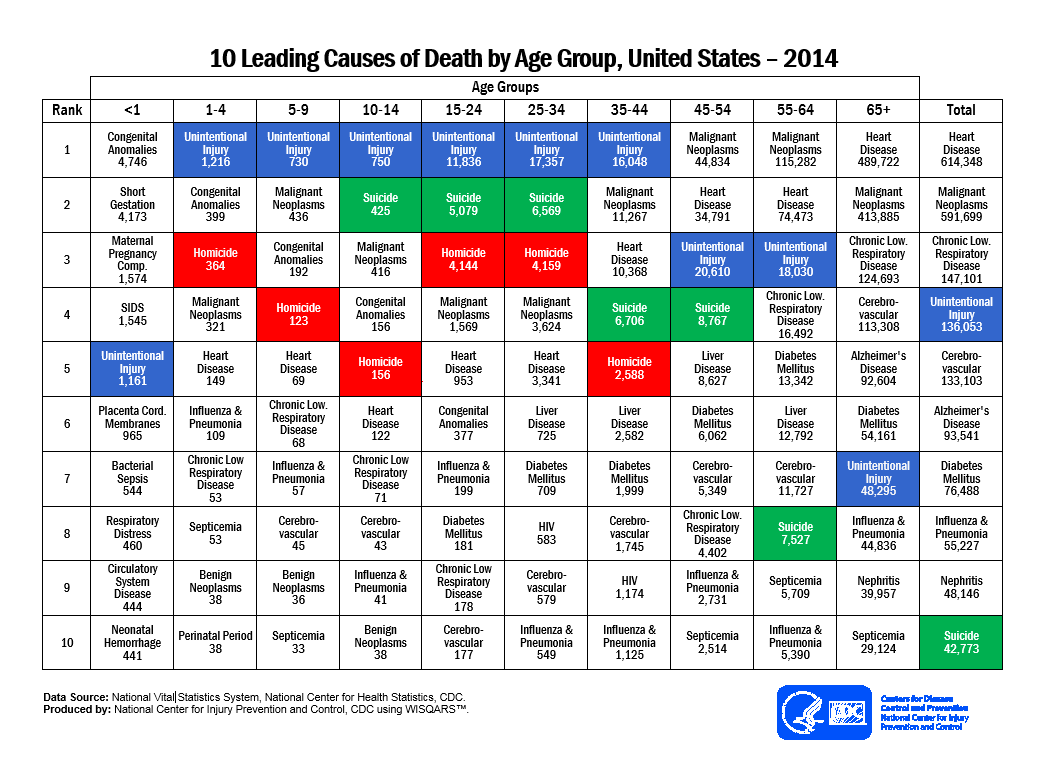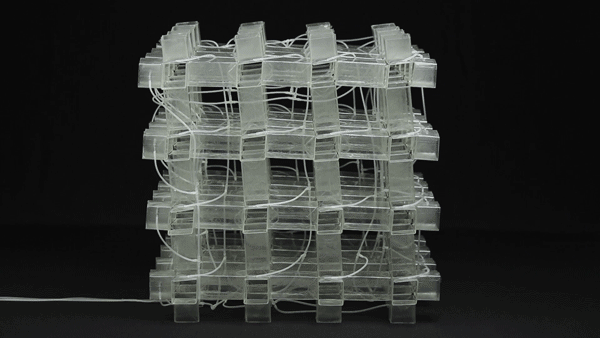Windows may remove programs during an update for compatibility reasons. If a program is known to cause crashes, bugs, or otherwise conflict with Windows, Windows may remove it to keep your system stable. If this happens, the “All of your files are exactly where you left them” screen will appear like normal–this screen always appears during major updates–but Windows will actually have removed some of your program files.
It looks like this feature is designed to help protect the average Windows user, who might have outdated programs installed. Windows can clean them up and make sure they don’t cause problems. However, Windows doesn’t provide any notice that it’s removed a program–the program will just appear to vanish from your system.
When Windows 10’s first big update arrived, many people on Reddit noticed a variety of programs were being silently removed–most of which were hardware-related utilities. People have reported that it removed the popular Speccy, CPU-Z, HWMonitor, and CCleaner programs from many people’s systems. Many people claim it removed hardware drivers like Intel Rapid Storage Technology and AMD Catalyst Control Center, too. In some cases, people even reported that it removed PDF viewers and antivirus programs (perhaps outdated ones). Confusingly, it seems like the Windows update removed these programs from some computers but not others. Reports are not completely consistent.
Source: Windows 10 May Delete Your Programs Without Asking
You an get them back, apparently, but wow! Balls! I don’t want my OS deleting stuff from my PC!






